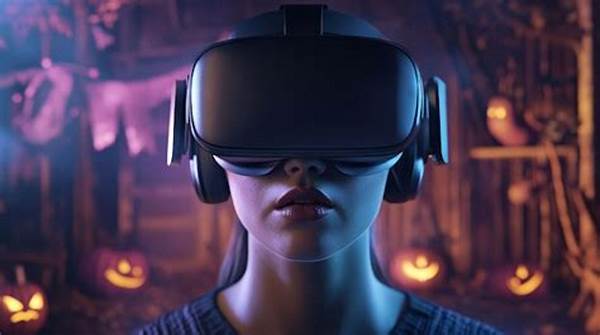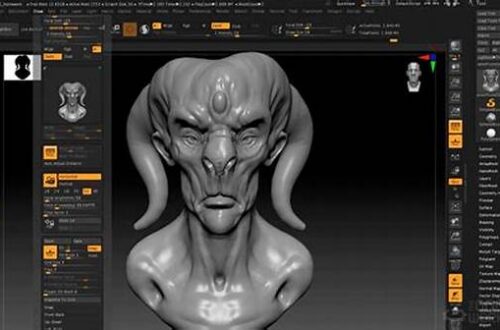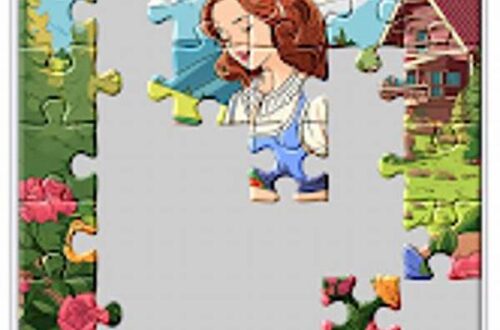Hey there, fellow VR enthusiasts! 🎃 Are you ready to dive into the eerie world of virtual reality and create some spine-chilling environments? That’s right, today we’re talking about spooky VR environment creation. Whether you’re a seasoned developer or just a curious newbie wanting to dip your toes into the dark, immersive waters of horror-themed VR, this is your ticket to exploring how to craft those goosebump-inducing worlds that leave players haunted long after they’ve taken off their headsets. Let’s embark on this digital ghost tour together!
Read Now : Construct 3 Performance Optimization Tips
Getting Started with Spooky VR
Creating a spooky VR environment isn’t just about throwing in a few jump scares and calling it a day. Oh no, my friend, it’s about crafting an atmosphere that feels alive and unsettling. Picture yourself walking through a fog-drenched graveyard or exploring an abandoned mansion with creaking floorboards. The key is to focus on sensory details and ambiance to make the experience truly immersive. Start by deciding on a theme – are you going for a classic haunted house, a creepy forest at midnight, or perhaps a chilling post-apocalyptic world? Once your theme is set, think about the visual and auditory elements that will bring your spooky VR environment creation to life. Deep shadows, eerie lighting, distant whispers, and sudden changes in temperature can all contribute to that spine-tingling effect. Don’t forget to leverage 3D spatial audio to heighten the experience, making players feel like something is lurking just around the corner.
Essential Tools for Spooky VR
For your spooky VR environment creation, having the right tools can make all the difference. Here are some essentials:
1. Unity or Unreal Engine: These are the go-to platforms for building VR experiences.
2. Blender or Maya: Perfect for designing those creepy 3D models.
3. Sound Libraries: Access to a variety of spooky sound effects to create the perfect ambiance.
4. VR Headset: To test and experience your creepy creations in full immersion.
5. Photoshop: For creating chilling textures and eerie atmospheres.
Adding Realism in Spooky VR
To make your spooky VR environment creation convincing, realism is key. Consider environmental storytelling; every creaky door or flickering light bulb should have a purpose. Add dust particles floating in the air or a slight mist to enhance realism. Incorporating interactive elements can heighten the scare factor, making players feel part of the eerie world you’ve crafted. Imagine players having to solve puzzles that reveal shocking truths, or having to navigate through maze-like hallways where their every decision impacts the outcome. It’s these details that blur the line between virtual and real, making your spooky VR environment creation a haunting success.
Game Mechanics in Spooky VR
Game mechanics play a crucial role in spooky VR environment creation. Here are ten ways to use them effectively:
1. Limited Visibility: Narrowing the field of view enhances fear.
2. Unpredictable AI: Keeps players on their toes.
3. Resource Management: Adds tension and urgency.
Read Now : Streamlining 3d Modeling Processes
4. Invisible Threats: Fear of the unknown is powerful.
5. Dynamic Lighting: Real-time changes create suspense.
6. Sound Cues: Aid navigation but also increase anxiety.
7. Shrink Zones: Constrain spaces to escalate tension.
8. Time Pressure: Racing against the clock induces panic.
9. Limited Save Points: Forces careful consideration of actions.
10. Narrative Twists: Surprise element that can turn the experience around.
Engaging the Player’s Senses
Creating a successful spooky VR environment also hinges on how you engage the player’s senses. This isn’t just a visual experience; your creepy world should be almost tangible. Consider integrating haptic feedback, so players feel every stumble on rocky grounds or the soft brush of cobwebs against their skin. Tweak the olfactory sensations too if you have the tools—think about the smell of damp wood or rust. The key to truly impactful spooky VR environment creation lies in harmoniously blending all sensory inputs to wrap players in a cocoon of adventure where every sense is heightened, making the experience unforgettable and utterly chilling.
Sustaining the Spook Factor
Maintaining a consistent atmosphere of suspense is essential in spooky VR environment creation. Think about pacing – there should be moments of tension build-up followed by periods of respite to keep players alert yet intrigued. Engage players with intricate storylines that unravel slowly, revealing just enough to keep them guessing. Use visual and audio clues to guide players through your haunted scenario without breaking immersion. No detail is too small when weaving a tapestry of digital haunting. Every dark shadow should hint at danger, every sound should incite doubt—keep players second-guessing what’s real and what’s part of their imagination.
Summarizing the Spooky Experience
In essence, spooky VR environment creation is about crafting an encapsulating narrative and atmosphere that reaches beyond the screen. With the right tools, game mechanics, and attention to sensory details, you can construct virtual haunted realms that are both skin-crawling and captivating. As you wrap up your spooky VR venture, remember the importance of seeing from the player’s perspective. Each user’s experience should feel personal, making them the central character in this immersive horror story. Ultimately, it’s about creating that perfect blend of curiosity and fear that keeps players coming back for more scares, eager to explore every corner of the world you’ve artfully constructed.





